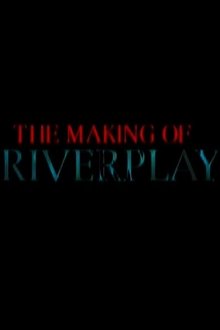After consolidating itself as a tourist destination in the mid-1960s, this small coastal village has become the dormitory town for the workers of a Nuclear Power Plant. With the liberal promise of prosperity and socioeconomic wellfare, many workers left their homes to move to the small city and started working at the new Nuclear Power Plant. The collective unrest and the silence, cut off by the great gusts of wind, articulate the landscape of the village that is now under the aid of the Nuclear Power Plant.
Related Movies
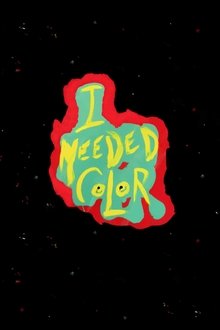
I Needed Color (2017)
Jim Carrey exhibits his talent as a painter and reflects on the value and power of art.
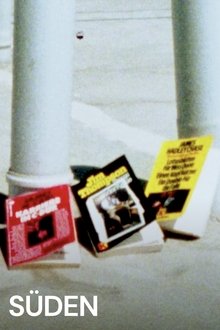
South (1990)
A lonesome car. The wind is whistling. A door of an undefined building opens—is it a holiday bungalow, a shed or a ruin? A woman is standing at the window. The heat of an idle day of holiday, perhaps. The South, a place of longing.

Down to Dalmatia (1927)
A tour along the Dalmatian coast, presenting the history, landmarks and cultural significance of the region.
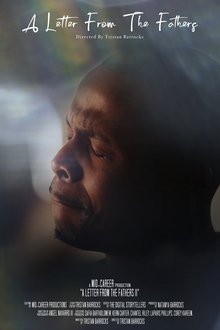
A Letter From The Fathers | Chapter II (2024)
The peaks, the valleys, and all the moments in between. Being a father is an extraordinary privilege that transforms your perspective on the world. "A Letter from the Fathers" is a touching, captivating, and emotive movie that presents the audience with the fatherhood journeys of four men. Gear up to experience laughter, tears, and reflection as these dads share insights from their parenting adventures. It's a profound, insightful exploration of how fatherhood doesn't just mould the children but also profoundly influences the men themselves.
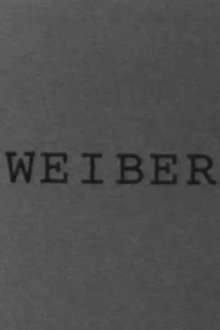
Broads (1989)
The social democrats of the sixties and seventies worked on their grand plan to build a highway network in Germany that every German citizen could reach within five minutes of their home. The little film hangs around between and on the streets of this network - where the country discos, pedestrian zones, shopping centers, hospitals and roads home are behind noise barriers.

La casa delle vedove (1960)
LA CASA DELLE VEDOVE portrays a group of widows who, he thinks, lived in a constant ‘dialogue‘ with death. In the house where they all lived ‘every colour was saturated with that special reddish shade that you see everywhere in Rome, and furthermore the rooms were filled with a stale, musty smell.‘
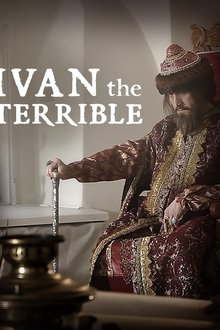
Ivan the Terrible (2014)
Ivan, first tsar of Russia. History will remember him as "the Terrible. Russian people love him for centuries. He liberates Russia from foreign oppressors, demands absolute obedience and loyalty in order to radically modernise Russia? Ivan IV, Grand Duke of Moscow, first Tsar of Russia by the grace of God. A madman? A sadist?
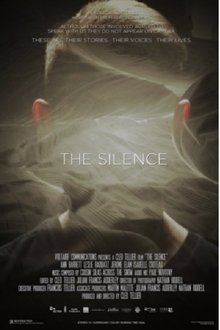
The Silence (2015)
There are children. There are those who abuse them. And there are those who know, but never tell.
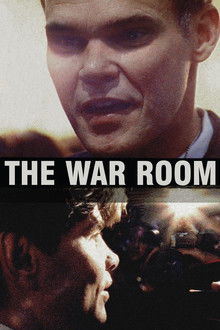
The War Room (1993)
A behind-the-scenes documentary about the Clinton for President campaign, focusing on the adventures of spin doctors James Carville and George Stephanopoulos.

XY Anatomy of a Boy (2009)
Can you be a virgin, gay and into girls? This film is an intimate study of six homosexual boys. In the changing room some of the uncertainties and embarrassment's of youth emerge, such as the tale of hunky Peter, romance and the naff value of losing your virginity during a Disney movie.
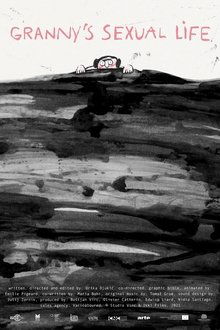
Granny's Sexual Life (2021)
A trip into grandma's intimate life shows the status of Slovenian women in the first half of the 20th century.
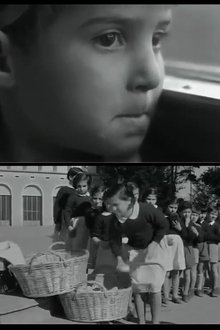
Little Calabrians in Suna on Lake Maggiore (1953)
After a big flood some Calabrian children are sent to Milan.
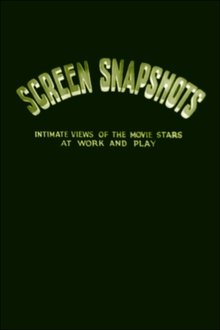
Screen Snapshots (Series 1, No. 20) (1921)
Intimate views of the movie stars of the Silent Era, at work and play; featuring Sessue Hayakawa, Lillian Gish and others.
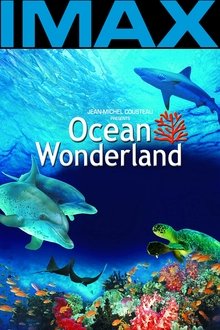
Ocean Wonderland 3D (2003)
Shot on the Great Barrier Reef in Australia and in the Bahamas, Ocean Wonderland brings to you the amazing beauty of the many varieties of coral and the immense diversity of the marine life thriving there.
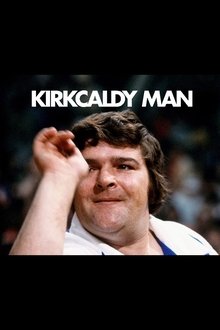
Kirkcaldy Man (2011)
Who is Jocky Wilson? 20 years ago every child in Kirkcaldy, on the east coast of Scotland, could answer this question. One of the best darts players ever, world champion in 1982 and 1989 - a national hero. But in '95 Jocky paid the price for his self destructive life style. In search of his myth, we follow the forces that shaped Jocky's hometown and its inhabitants as we discover lost memories of the man who once inspired the nation.
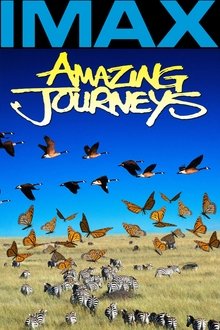
Amazing Journeys (1999)
By land, by air, and by sea, viewers can now experience the struggle that millions of creatures endure in the name of migration as wildlife photographers show just how deeply survival instincts have become ingrained into to the animals of planet Earth. From the monarch butterflies that swarm the highlands of Mexico to the birds who navigate by the stars and the millions of red crabs who make the perilous land journey across Christmas Island, this release offers a look at animal instinct in it's purest form.
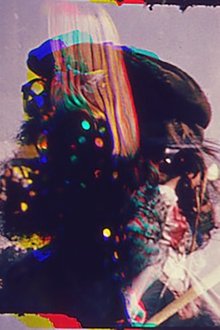
Be-In (1967)
Captures the spirit and essence of the great San Francisco Human Be-In of January 14, 1967. Ten thousand people imbued with peace, love and euphoria. Set to hard rock such as only San Francisco blues can produce. BE-IN contains Allen Ginsberg, Lawrence Ferlinghetti, Timothy Leary, Michael McClure, Lenore Kandel and Buddha. Music by Blue Cheer.

Polycephaly in D (2021)
Informed by an underlying sense of anxiety and anguish, Michael Robinson’s Polycephaly in D nestles fragments of narrative within a collage of sound, image, and text that oscillates between the elegant and the discordant.
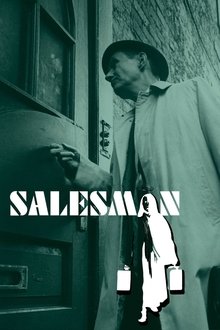
Salesman (1969)
This documentary from Albert and David Maysles follows the bitter rivalry of four door-to-door salesmen working for the Mid-American Bible Company: Paul "The Badger" Brennan, Charles "The Gipper" McDevitt, James "The Rabbit" Baker and Raymond "The Bull" Martos. Times are tough for this hard-living quartet, who spend their days traveling through small-town America, trying their best to peddle gold-leaf Bibles to an apathetic crowd of lower-middle-class housewives and elderly couples.
